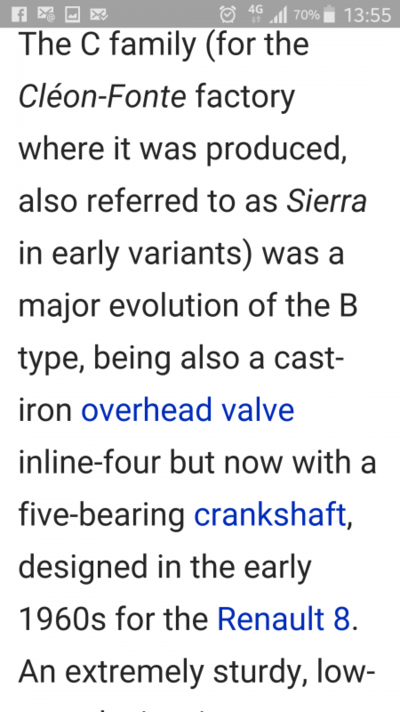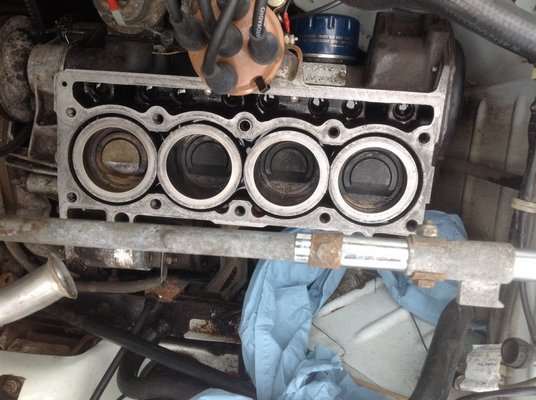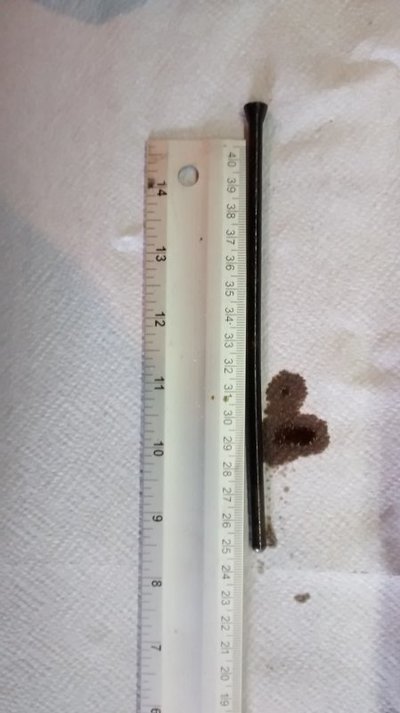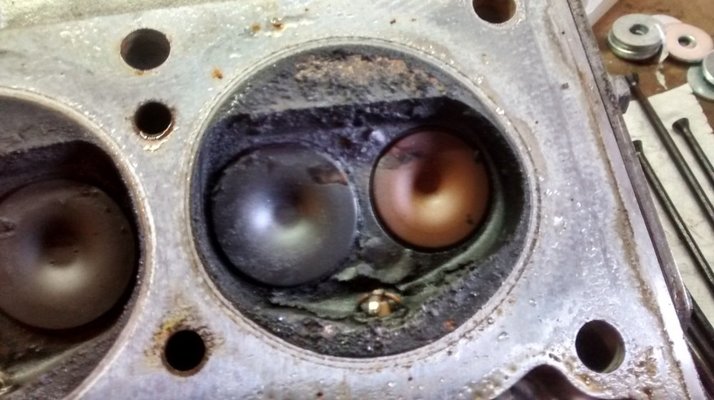Leonardo.IT
Enthusiast
- Messages
- 255
- Location
- Tuscany (Italy)
Are the valves safe?
My car had this failure about a week ago while I was travelling to Wales, it's near Lyon and I need to bring it back in Italy, one of the possible ways is to change the chain there and let it drive home.
I know for sure that some engines don't suffer head damage from a chain break.
Is the 956cc Cleòn one of those?
My car had this failure about a week ago while I was travelling to Wales, it's near Lyon and I need to bring it back in Italy, one of the possible ways is to change the chain there and let it drive home.
I know for sure that some engines don't suffer head damage from a chain break.
Is the 956cc Cleòn one of those?








